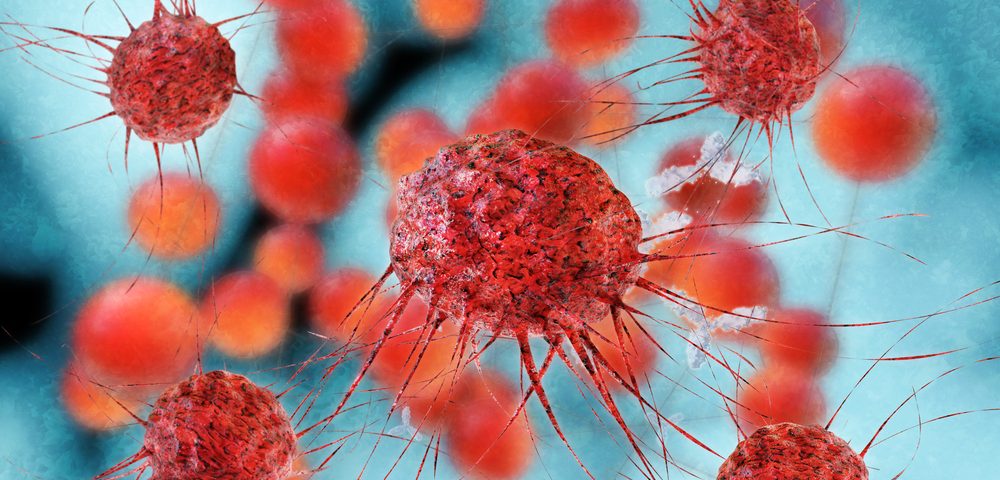A new study developed by researchers at the University College London in England has identified a new role for the anti-inflammatory drug Humira (adalimumab) in rheumatoid arthritis (RA): It works not only by inhibiting the pro-inflammatory tumor necrosis factor (TNF), it also induces regulatory T-cell expansion by promoting TNF expression in monocytes.
The findings were recently published in The Journal of Experimental Medicine in a study titled “Anti-TNF drives regulatory T cell expansion by paradoxically promoting membrane TNF-TNF-RII binding in rheumatoid arthritis.”
TNF is a pivotal inflammatory cytokine produced by the immune cells to promote inflammation. A variety of TNF inhibitors, such as adalimumab and etanercept, are commonly used in patients with inflammatory diseases, such as Crohn’s disease or RA.
Previous studies performed by Michael Ehrenstein, the study’s senior author, and his colleagues had shown that adalimumab increased the levels of regulatory T-cells (Tregs), a type of immune cells that are capable of suppressing inflammation. At the time, researchers thought it was because TNF blocked the development of Tregs, and therefore TNF inhibition induced the formation of Tregs. However, another TNF inhibitor, a soluble TNF receptor called etanercept, did not induce Treg formation in patients with RA.
Now, Ehrenstein and his colleague, Dao Xuan Nguyen, reported that this occurs because, unlike etanercept, adalimumab increases the expression of TNF on the surface of monocytes, promoting the association of these monocyte-derived TNF molecules with specific receptors at the surface of Tregs. Such interaction activates a signaling pathway in Tregs that gives them the ability to suppress the activity of the pro-inflammatory T helper 17 cells.
Therefore, adalimumab has a dual role in blocking inflammation — it not only blocks the pro-inflammatory functions of soluble TNF secreted by cells from the immune system, but it also increases the activity of the monocyte-derived membrane-bound TNF, which increases the amount of anti-inflammatory T-cells.
“These results highlight how a treatment that targets a pivotal inflammatory cytokine not only preserves, but actually boosts the pro-resolution forces driven by that pathway, thereby introducing a novel therapeutic paradigm,” Ehrenstein said in a press release.


